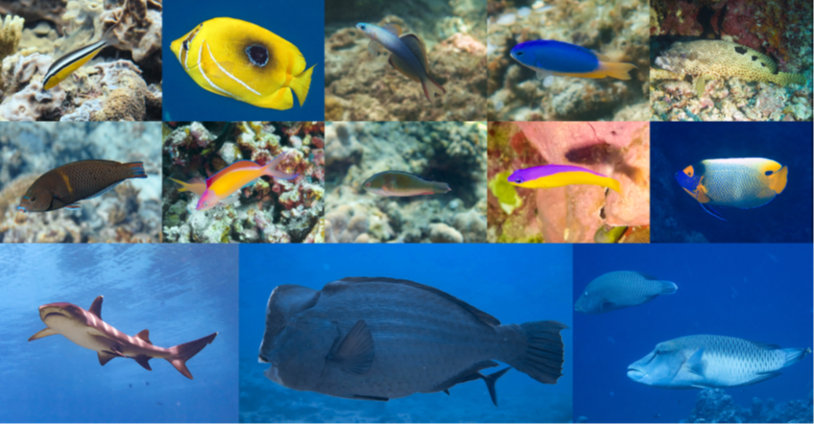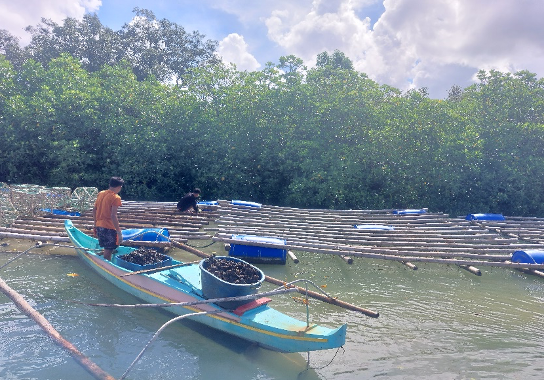NICER Program for Sweetpotato

The Department of Science and Technology (DOST) launched the NICER Program in 2017 to improve …

The Department of Science and Technology (DOST) launched the NICER Program in 2017 to improve …

Tomato is one of the …


Potato is the major regional crop of the Cordillera Administrative Region (CAR) particularly in …



Tomato (Solanum …


Community level monitoring programs remain as an important source of …

The SCI2SOS project funded under the CRADLE Program of DOST aims …